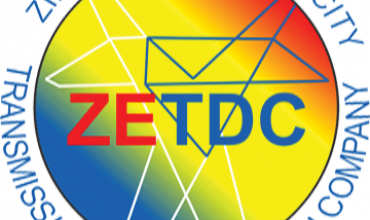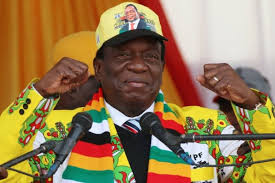
BY PATRICIA SIBANDA NEARLY three quarters of the country remains stuck in the dark ages after only 20% and 40% of the country’s rural and urban areas have respectively been electrified since the country came into existence.
Energy and Power Development minister Soda Zhemu described the statistics as embarrassing on Thursday after receiving in Harare US$1,5 million from the United Nations Development Programme (UNDP) for electricity generation.
“According to recent statistics, the country has an electricity penetration rate of 44%. As a government, we are not proud of this figure considering that we have a large number of people, particularly in rural areas who lack access to modern energy services,” Zhemu said.
“In fact, I am informed that electricity access levels in rural areas is 20% with the balance available to urbanites. Although we have seen increased penetration of small ports solar systems, which l hope will be revealed in the census currently underway.”
Zhemu said the government was incapacitated to fund big electricity generation projects to meet national demand.
“Our challenge remains that of funding of new projects to increase the access to modern energy in order to achieve universal access by 2030,” he said, adding that importing electricity was also expensive.
“It is also undesirable to indicate that the country has a power supply deficit which accounts for load shedding experienced especially during peak hours. We also imported power from our neighbours in the Sadc (Southern Africa Development Community) region at a huge cost in order to address this supply-demand gap,” Zhemu said.
UNDP Zimbabwe resident representative Mia Seppo said: “UNDP Zimbabwe is excited to have managed to mobilise a total of US$$1,5 million grant aimed at accelerating access to sustainable, affordable and clean energy in Zimbabwe. This grant is earmarked to kick start and unlock further funding for the energy sector. We are expected to fully allocate and utilise the funding before the end of the year 2022 to create the enabling environment for future investments.”
- Chamisa under fire over US$120K donation
- Mavhunga puts DeMbare into Chibuku quarterfinals
- Pension funds bet on Cabora Bassa oilfields
- Councils defy govt fire tender directive
Keep Reading
The country produces an average of 1 200 megawatts (MW) daily against a peak demand of 2 200MW with imports barely offsetting the balance.
The Zimbabwe Electricity Transmission and Distribution Company says the country was experiencing power shortfalls due to electricity generation constraints at the nearly 40-year-old Hwange Thermal Power Station.
This has forced the power utility to introduce intensive load-shedding.
“The condition of our existing energy infrastructure requires urgent attention. Most importantly we will expand our energy generation facilities together with reinforcing our transmission and distribution infrastructure in order to reduce losses on power incurred through wheeling of electricity,” Zhemu said, adding that government was looking for partners for the rural electrification programme.
- Follow us on Twitter@NewsDayZimbabwe










